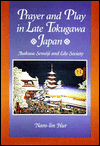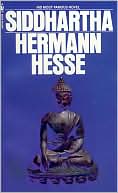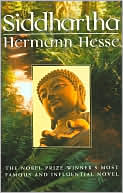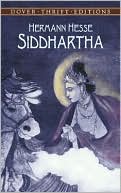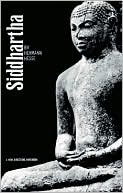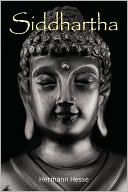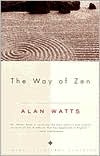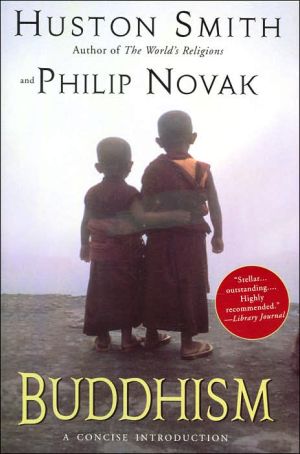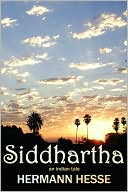Prayer and Play in Late Tokugawa Japan: Asakusa Sensoji and Edo Society
The unique amalgam of prayer and play at the Sensoji temple in Edo is often cited as proof of the "degenerate Buddhism" of the Tokugawa period. This investigation of the economy and cultural politics of Sensoji, however, shows that its culture of prayer and play reflected changes taking place in Tokugawa Japan, particularly in the city of Edo. Play was an integral part of the business of religion at Sensoji, and the temple supplied both in equal measure to often rootless Edoites.\ Hur's...
Search in google:
The unique amalgam of prayer and play at the Sensoji temple in Edo is often cited as proof of the "degenerate Buddhism" of the Tokugawa period. This investigation of the economy and cultural politics of Sensoji, however, shows that its culture of prayer and play reflected changes taking place in Tokugawa Japan, particularly in the city of Edo. Play was an integral part of the business of religion at Sensoji, and the temple supplied both in equal measure to often rootless Edoites. Hur's reappraisal of prayer and play and their inherent connectedness provides a cultural critique of conventional scholarship on Tokugawa religion and shows how Edo commoners incorporated cultural politics into their daily lives through the pursuit of prayer and play.
Illustrations and TablesAbbreviationsIntroduction: The Rise of Sensoji Buddhism1. The Buddhist Culture of Prayer and PlaySensoji as a Prayer TempleSensoji as a Play Center2. The Built-in Unity of Prayer and PlayThe Cultural Unity of Prayer and Play The Social Geography of Prayer and Play The Institutional Unity of Prayer and Play 3. The Social Economy of Prayer and PlayThe Social Base of Prayer and Play Culture Prayer, Play, and Edo Commoners The Culture of Prayer and Play and the Edo Economy 4. The Cultural Politics of Prayer and PlayPublic Ideology and Private Ethics Play, Disorder, and Cultural Vitality Prayer, New Divinities, and Alternative Sources of Authority Conclusion: The Cradle of Prayer and Play
